13 Regional Holiday Foods Worth Celebrating Year-Round
Holiday foods are often tied to traditions that have been passed down for generations. Many dishes are prepared only during specific celebrations, making them special and eagerly anticipated. These foods reflect the culture and history of their regions. They bring families together and create lasting memories during festive times. While some flavors may be familiar, others are unique to certain holidays and locations.
This post may contain affiliate links, which helps keep this content free. Please read our disclosure for more info.
Capon (Italy)
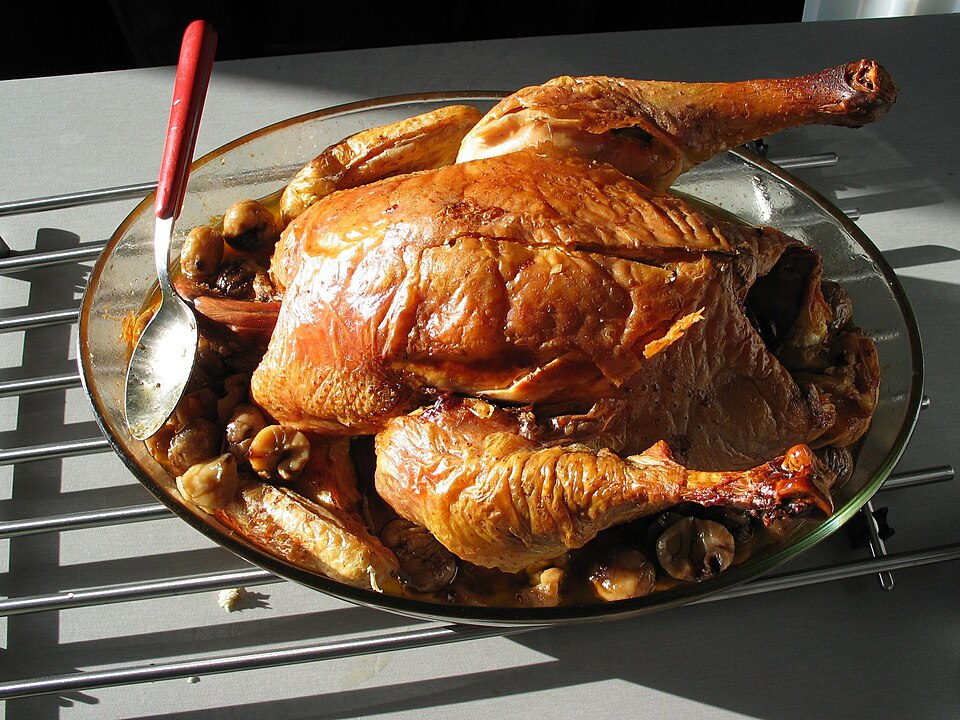
Capon, a castrated rooster, is a traditional Christmas main course in Italy. It is usually stuffed with bread, herbs, or minced meat and roasted slowly to retain moisture and flavor. The dish is often paired with roasted vegetables, polenta, or savory sauces, creating a festive and filling meal.
Capon is rarely prepared outside of holidays due to its historical and culinary significance. It is a symbol of luxury and celebration, often central to Italian Christmas feasts. Families gather to enjoy the preparation and serving, making it a true holiday tradition.
Lechon (Philippines)
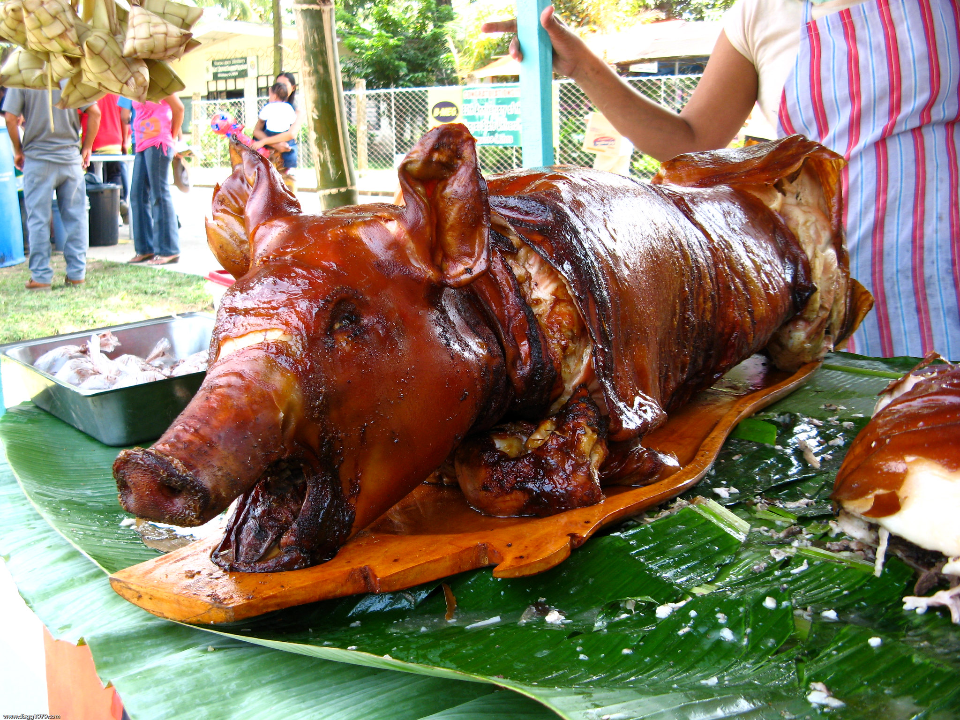
Lechon, a whole roasted pig, is iconic for Christmas and New Year celebrations in the Philippines. It is marinated with spices and roasted until the skin is crisp while the meat remains tender.
This dish is mainly reserved for special occasions due to its size and preparation. Families gather around lechon to celebrate, making it a distinctly festive meal.
Pâté en Croûte (France)
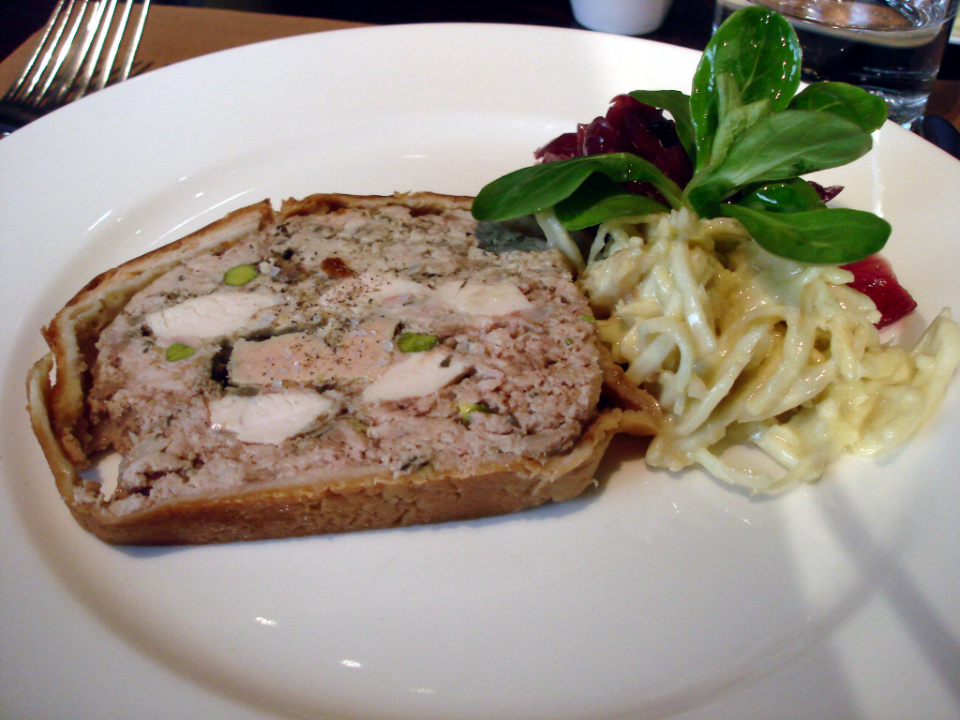
Pâté en croûte is a meat terrine baked in pastry, often served during Christmas in France. It is made with pork, veal, or game, sometimes with added nuts and spices.
While pâté can be eaten year-round, the elaborate pastry version is a holiday specialty. Its presentation makes it a festive main course.
Glazed Ham with Pineapple Glaze (United States)
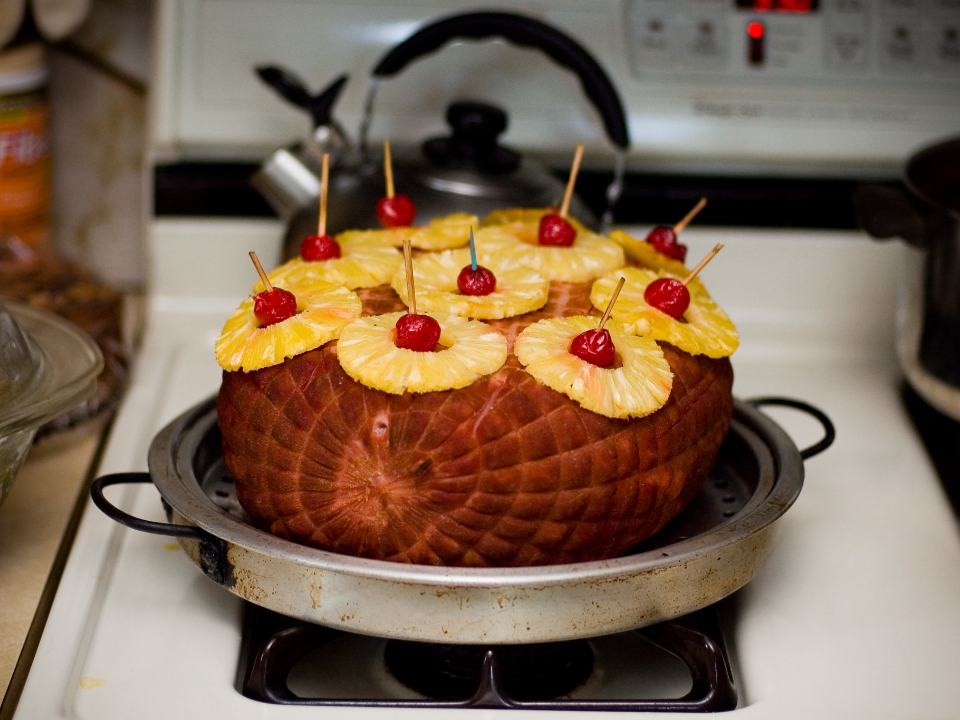
Glazed ham is a popular main course for both Christmas and Easter in the United States. The ham is baked with a sweet pineapple or brown sugar glaze, which caramelizes during roasting to create a glossy, flavorful crust. It is commonly served with mashed potatoes, vegetables, or rolls for a complete holiday meal.
Although ham is available throughout the year, this preparation is closely tied to festive gatherings. Its visual appeal and sweet-savory taste make it a centerpiece for family celebrations. The dish symbolizes warmth, togetherness, and celebration during the holidays.
Bacalhau (Portugal)
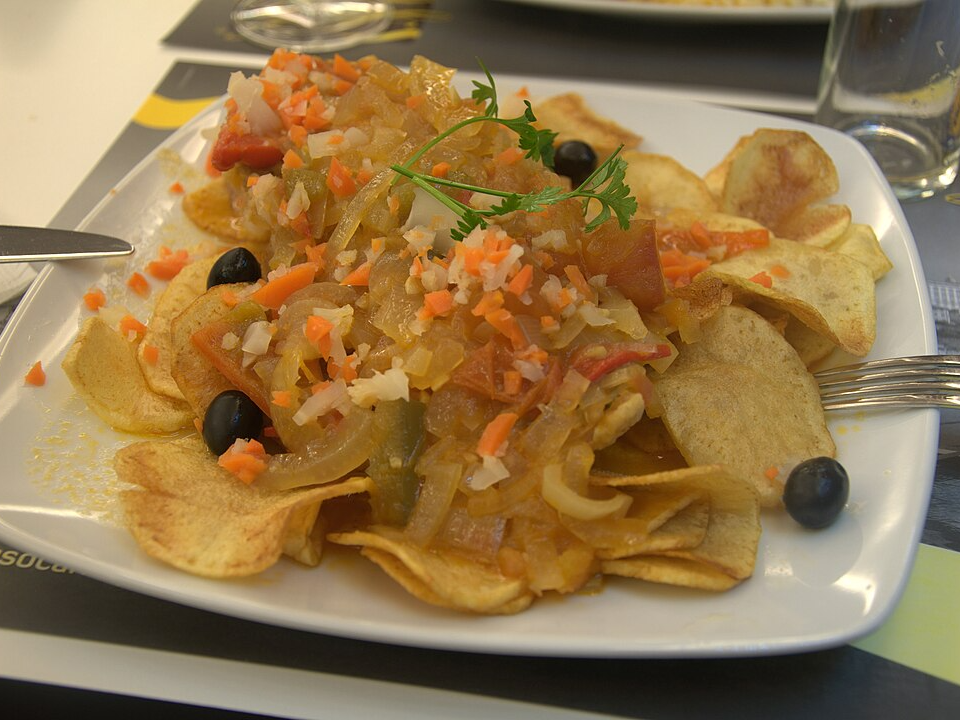
Bacalhau, or salted cod, is a traditional Christmas Eve main course in Portugal. The fish is typically soaked to remove excess salt, then baked or stewed with onions, potatoes, olives, and sometimes tomatoes. There are countless regional variations, with each family claiming their preparation as unique.
Bacalhau is reserved for the holiday season because it carries historical and cultural significance. It represents the connection between Portuguese traditions and festive meals. While the fish is available year-round, the elaborate preparation and the ceremonial aspect make it a Christmas-exclusive dish.
Roast Goose (Germany/Scandinavia)
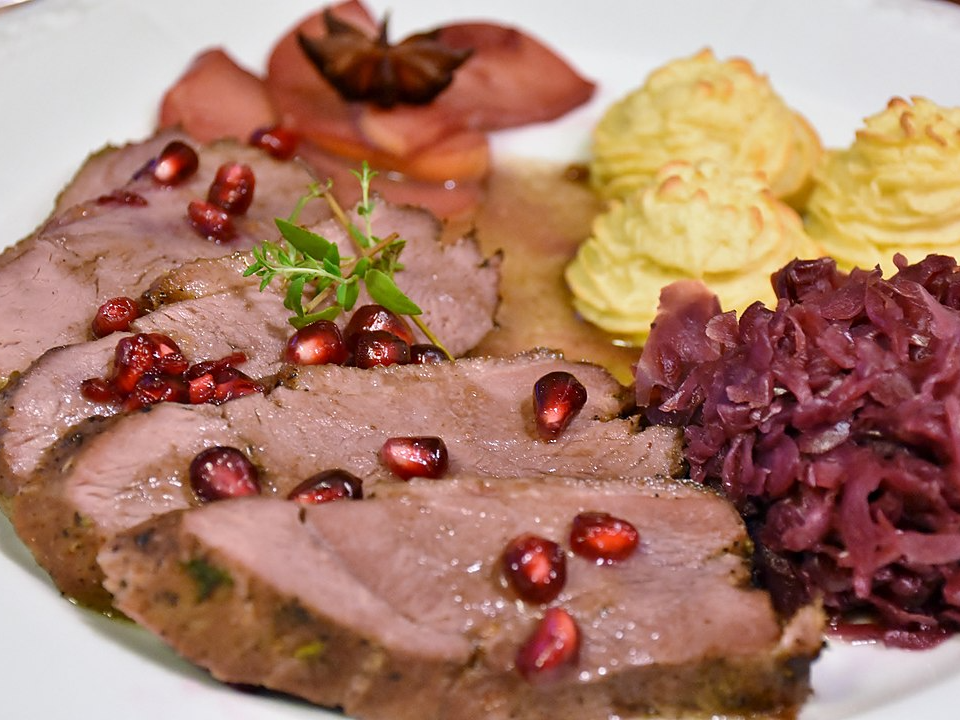
Roast goose is a classic main dish for Christmas in Germany and parts of Scandinavia. It is seasoned with herbs and served with sides like red cabbage and potatoes. The rich flavor and tender meat make it a centerpiece for holiday dinners.
Families often reserve goose for special occasions, as it requires time and careful preparation. Its association with Christmas makes it a dish enjoyed only during the holiday season.
Gulasch Soup (Hungary)
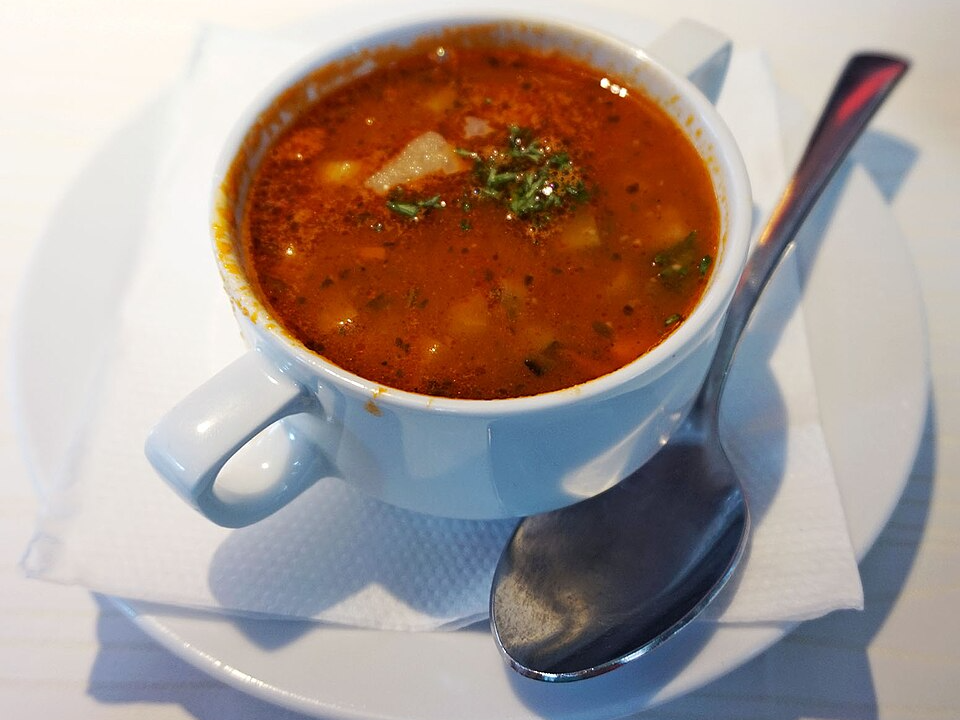
Gulasch is a rich beef stew seasoned with paprika, traditionally served during Christmas and national celebrations in Hungary. It is slow-cooked to develop deep, hearty flavors. The dish is both comforting and festive, perfect for winter gatherings.
Gulasch can be eaten year-round, its preparation and special seasoning often make it a highlight for holiday dinners. It is considered a celebratory dish in Hungarian households.
gatherings, appreciating both its flavor and visual appeal.
Venison (Scandinavia)
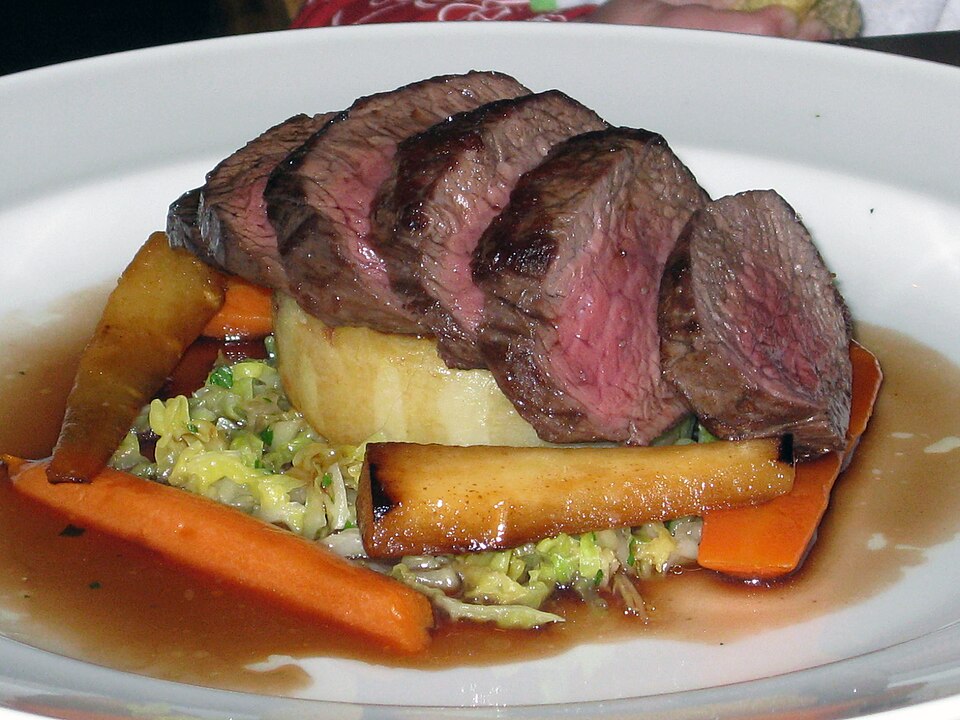
Venison is a traditional main course for Christmas in Scandinavian countries. The meat is marinated with juniper berries, garlic, and herbs, then slow-roasted with root vegetables, which creates a deep, robust flavor. It is often served with lingonberry sauce or creamy potatoes to complement the richness of the venison.
Venison is mostly consumed during the holiday season, as hunting and preparation tie it to winter traditions. Its rarity outside Christmas makes it a special dish that families look forward to. The meal embodies the warmth and communal spirit of Scandinavian holiday celebrations.
Karp (Poland/Central Europe)
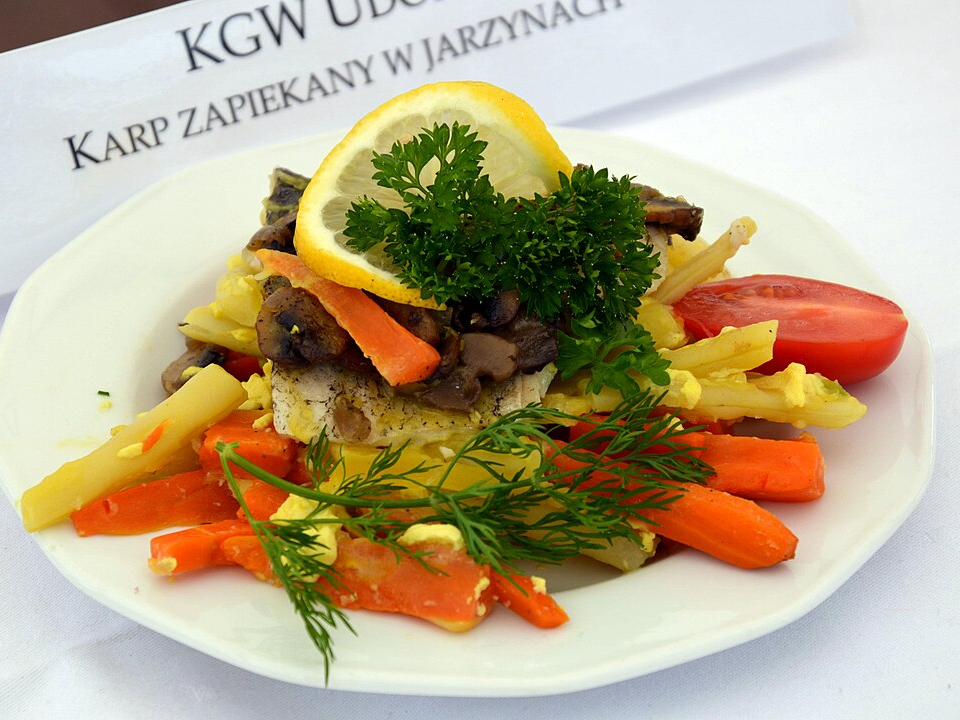
Karp, or carp, is traditionally eaten for Christmas Eve dinner in Poland and other parts of Central Europe. It is fried or baked and often served with potatoes or salad. Its preparation is a centuries-old holiday tradition.
This fish dish is rarely served outside Christmas. Its seasonal and cultural significance makes it a distinctive holiday meal.
Roast Lamb (Greece)
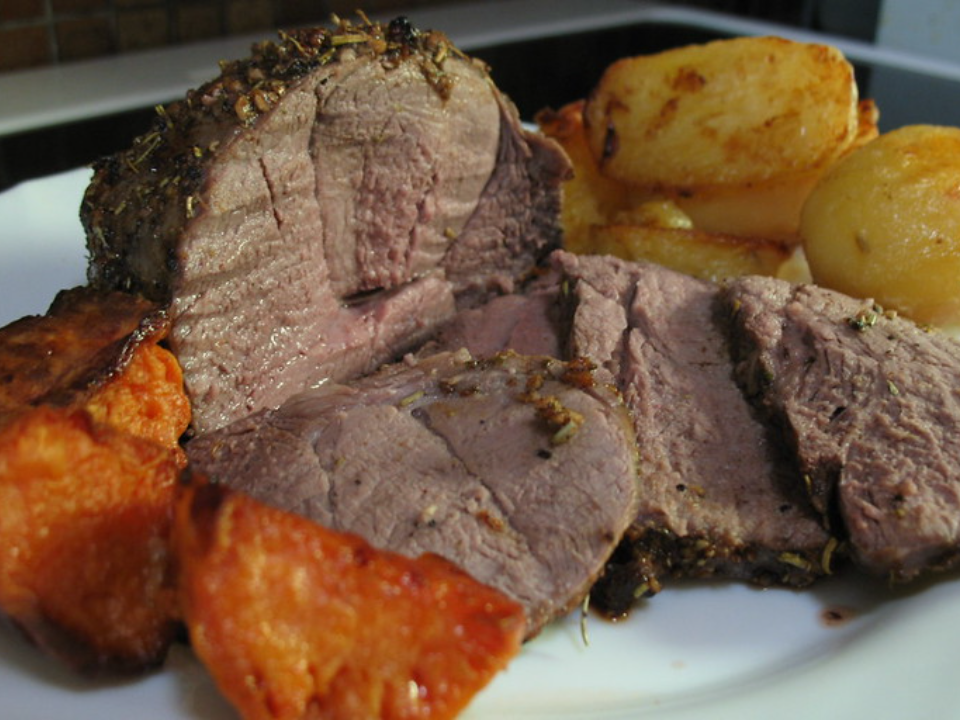
Roast lamb is a traditional main dish for Greek Easter. It is often seasoned with garlic, lemon, and herbs. The dish symbolizes rebirth and celebration and is central to Easter feasts.
Families reserve roast lamb for Easter Sunday, making it a dish rarely prepared at other times. Its preparation and cultural significance tie it strongly to the holiday.
Feijoada (Brazil)
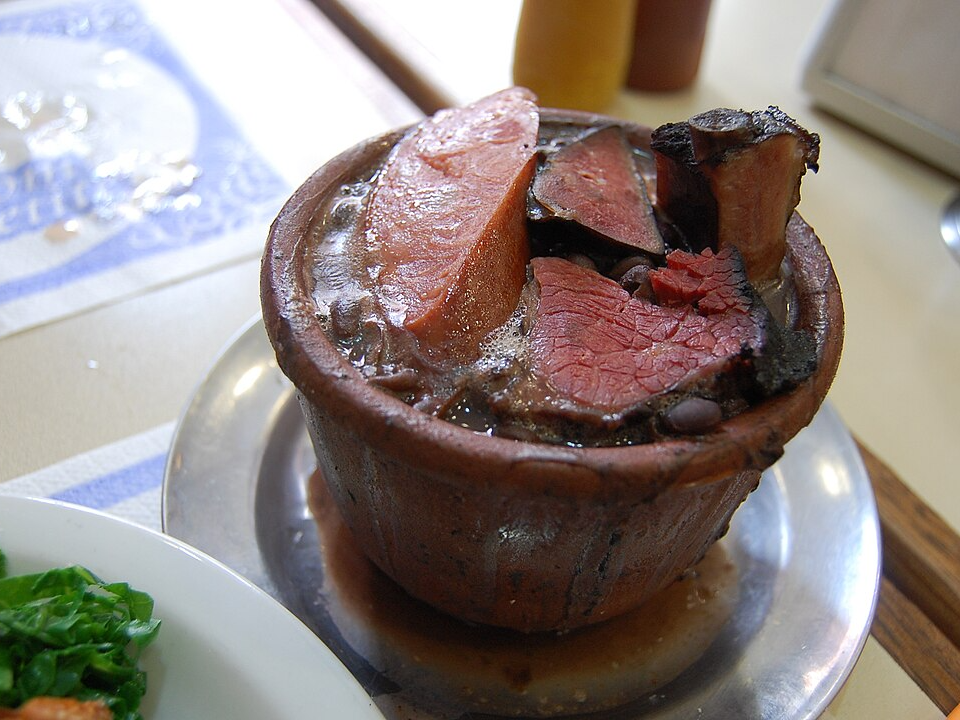
Feijoada is a hearty stew made with black beans, various cuts of pork, and beef, and is traditionally served in Brazil during festive occasions. This dish is typically accompanied by rice, collard greens, and orange slices to balance the richness. While it is particularly popular during Carnival, it is also enjoyed year-round as a comfort food.
The dish’s deep flavors come from the slow-cooked pork and beef, absorbing all the spices and juices over time. Feijoada is more than just a meal; it is a social event where families and friends gather to share and enjoy the flavors together. It is a symbol of Brazilian culinary heritage.
Roast Turkey (United States)
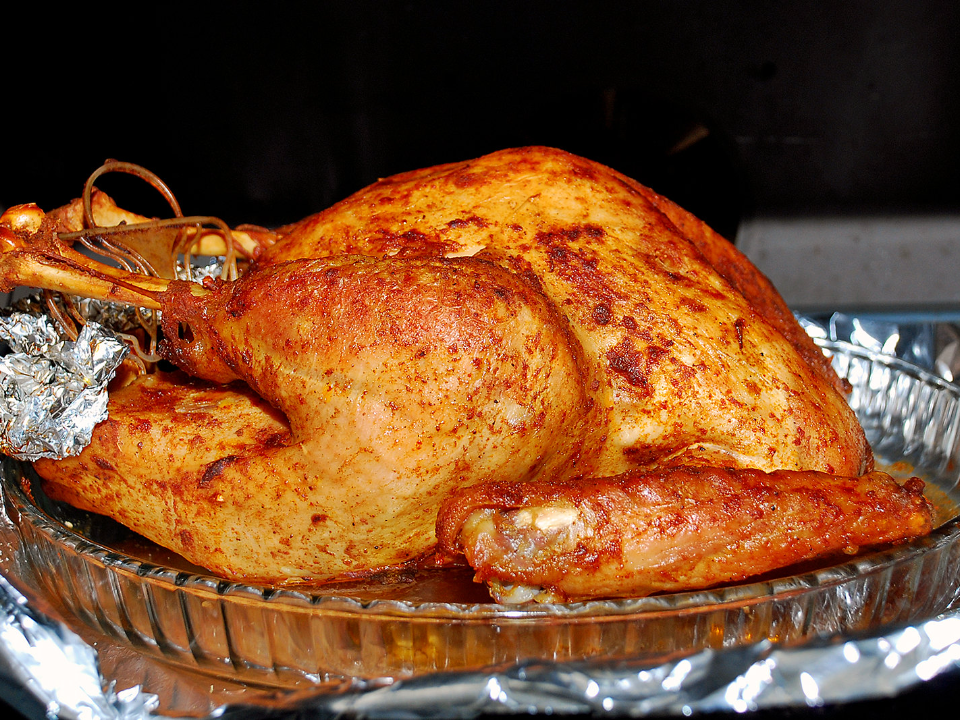
Roast turkey is a classic centerpiece for Thanksgiving dinners in the United States. It is seasoned and roasted to golden perfection, often served with stuffing, cranberry sauce, and vegetables. The dish represents abundance and gratitude.
While turkey can be eaten at other times, the Thanksgiving tradition makes it a holiday-exclusive meal. Families gather to share it once a year, reinforcing its special place in holiday cuisine.
Coq au Vin (France)
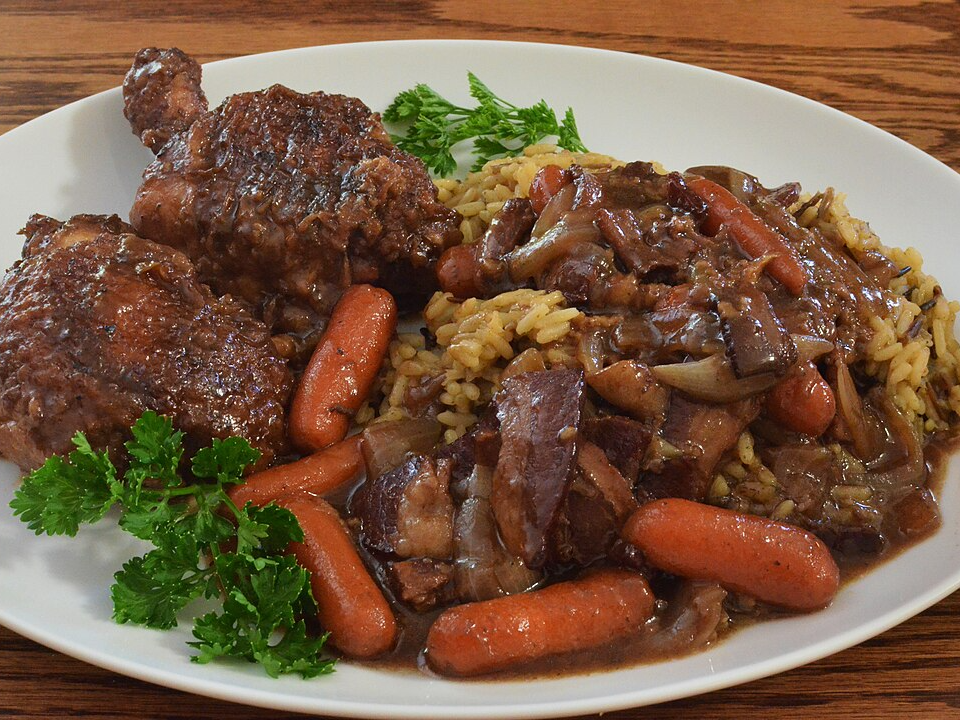
Coq au vin, a chicken dish slowly cooked in red wine, mushrooms, onions, and bacon, is traditionally served during Christmas in some parts of France. The long cooking process allows flavors to meld, producing a rich, savory dish that is hearty and comforting.
Though coq au vin is eaten year-round, its preparation for the holiday is more elaborate. The dish symbolizes a celebratory meal that brings family and friends together. Serving it during Christmas adds a layer of tradition and festivity.
This article originally appeared on Avocadu.
